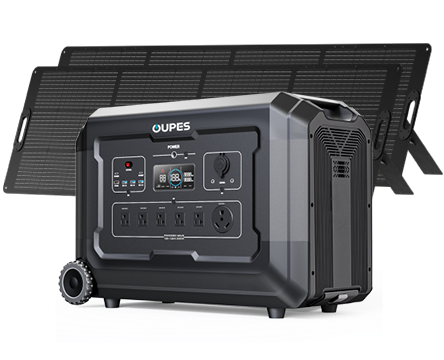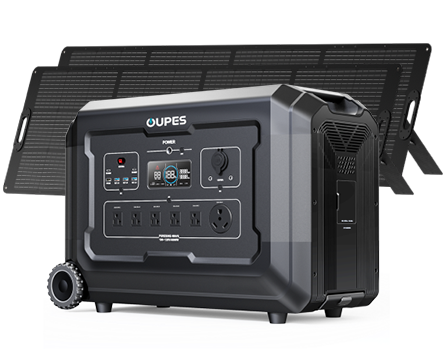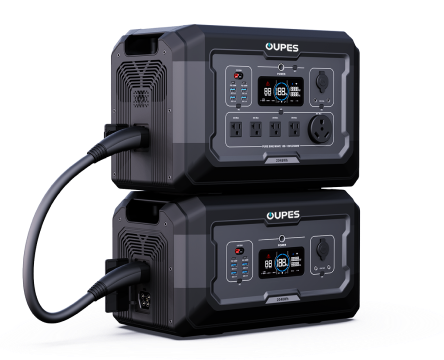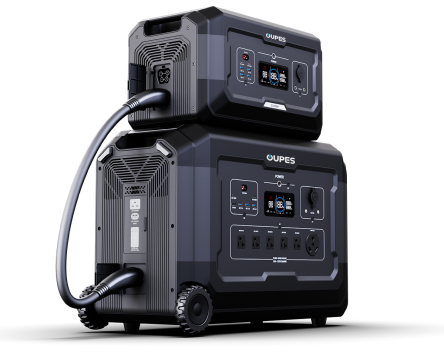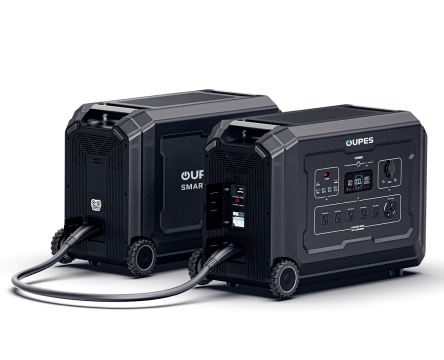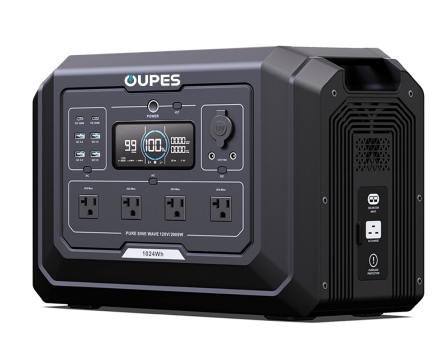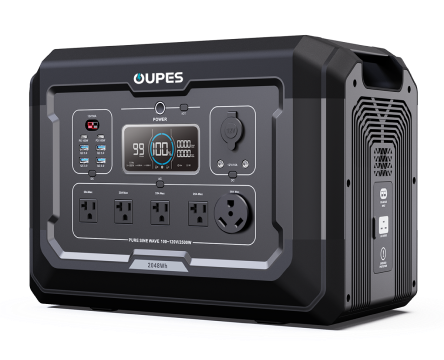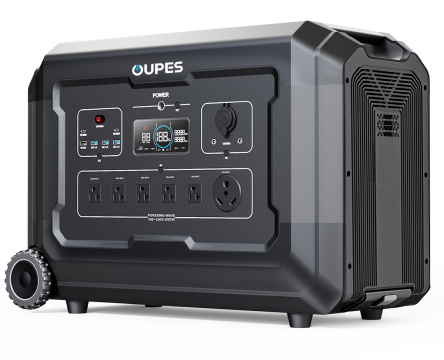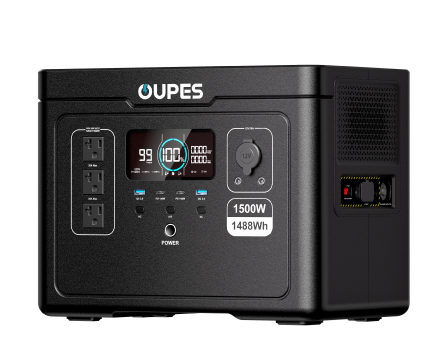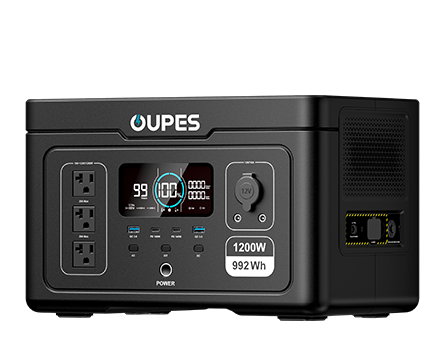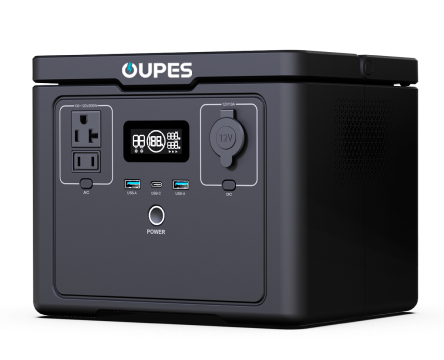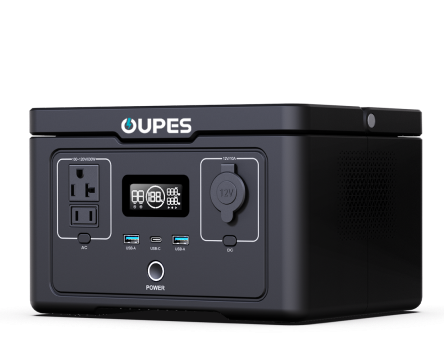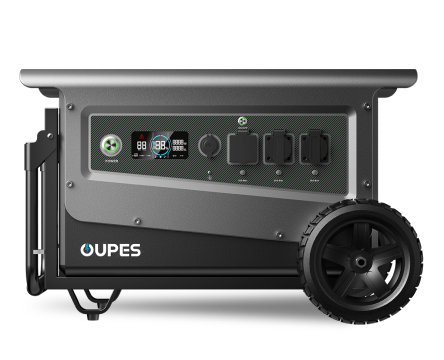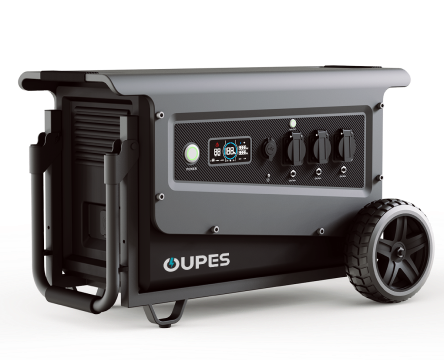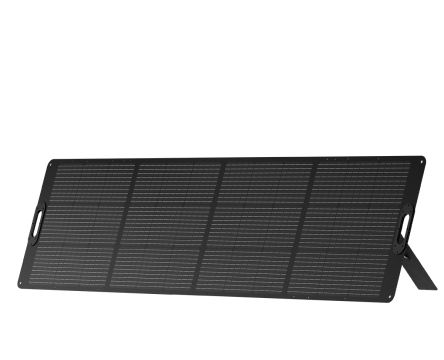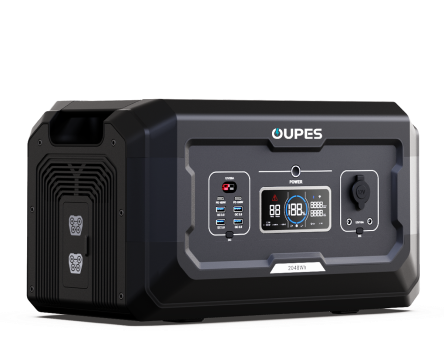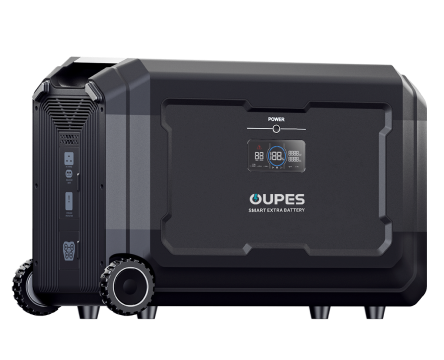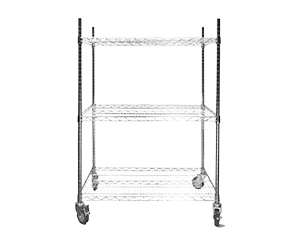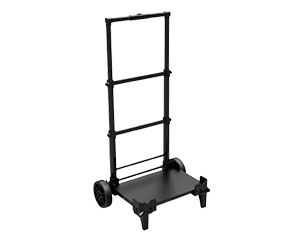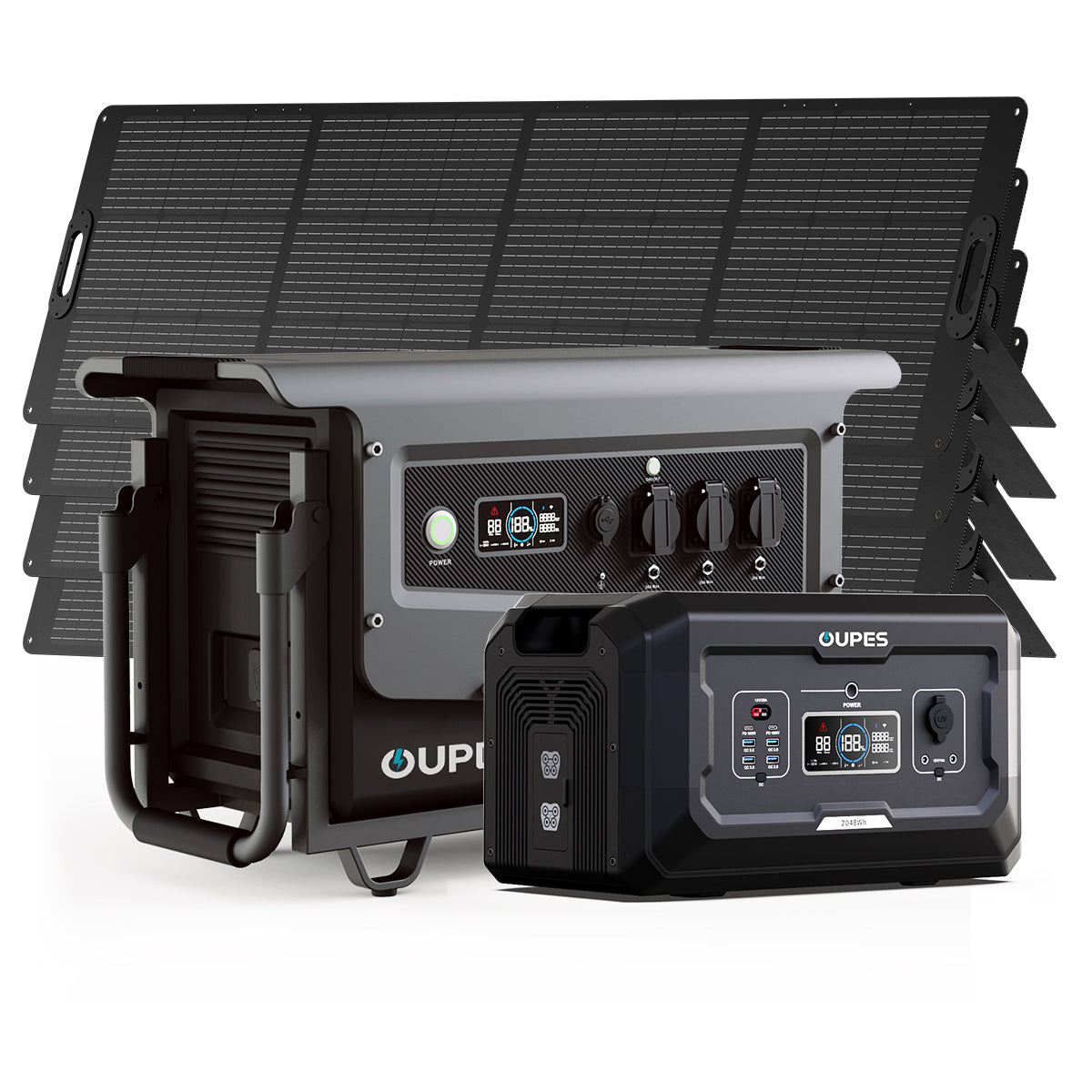
In an era where energy independence dances between necessity and aspiration, selecting a portable power station becomes less about acquiring a battery and more about curating an ecosystem. These silent sentinels of electricity don’t merely store watts—they govern experiences, from the crackle of a wilderness campfire espresso machine to the life-sustaining hum of medical equipment during blackouts. The market’s cacophony of specifications—watt-hours, surge capacities, bidirectional charging—often obscures the visceral truths of what makes one unit transcend its peers. Let’s dissect the eight tectonic plates shaping this decision landscape, where technical metrics collide with human narratives.
The Alchemy of Energy Storage: Decoding Battery Chemistry
Lithium-ion’s reign faces insurgent challengers—LiFePO4 batteries with their fiery resistance to thermal runaway, nickel-manganese-cobalt alloys balancing density and durability. Each chemistry whispers promises: lithium-polymer bends to unconventional shapes for van-lifers, while solid-state prototypes tease immunity to winter’s cruel embrace. Consider not just cycle counts but degradation curves—how a station’s 1000Wh rating crumbles to 800Wh after 300 cycles, like sand through an hourglass. The true cost per kilowatt-hour emerges only when mapping lifespan against initial investment, a calculus where premium cells often out-cheap their budget counterparts through relentless longevity.
The Symphony of Power Delivery: Sine Waves and Surge Realities
Pure sine wave inverters don’t merely power devices—they compose electricity into harmonic perfection. Sensitive electronics—CPAP machines, film gear, VR headsets—demand this digital-age lullaby. Modified sine wave units? Brute artisans hammering square pegs into round sockets. Yet surge capacity remains the unsung warrior: that milliseconds-long battlefield where refrigerators and circular saws either awaken gracefully or perish. A station’s surge rating—often triple its continuous output—determines whether your induction cooktop flickers to life or mocks you with error codes. Test specifications against real-world anarchism: what good is 2000W if it falters when your freezer’s compressor kicks in mid-blizzard?
Solar Symbiosis: The Dance of Photons and Ports
Maximum Power Point Tracking (MPPT) controllers aren’t mere components—they’re solar whisperers, coaxing every stolen photon into the battery’s embrace. Compare this to rudimentary PWM controllers, energy Philistines squandering sunbeams. Solar input voltage ceilings define your future—will those extra panels purchased next year overload the system? Connector types weave their own allegories: Anderson ports for the solar purists, USB-C PD for the gadget-bound nomad. The true test? How a station harvests from angled panels on a partly cloudy Tuesday in November, not laboratory-perfect irradiance.
Mass Versus Might: The Gravity of Portability
Weight distribution lies at the crux of this paradox—how a 30lb unit with ergonomic handles outmaneuvers a 20lb brick straining your tendons. Wheeled beasts conquer parking lots but falter on mountain switchbacks. Examine not just pounds but volumetric efficiency: some stations conceal their mass through strategic component stacking, achieving TARDIS-like spatial deception. For overlanders, the calculus includes how a unit’s center of gravity affects vehicle handling during hairpin turns. Every ounce saved amplifies adventure range; every superfluous pound becomes ballast for regret.
The Interface Gambit: Where Humanity Meets Electrons
Touchscreens glow like futuristic talismans but falter in -20°C frost. Analog dials, rugged and dumb, outlive smartphone generations. Wireless charging pads seduce until you realize they’re vampire loads sipping power during storage. The hierarchy of ports becomes a user interface ballet—are USB-C PD ports positioned for rain runoff? Do AC outlets spacing accommodate industrial plugs? Some units demand app integration for full functionality, a gamble in signal-dead zones. The perfect interface becomes invisible, translating your intent to electrons without cognitive friction.
Thermodynamic Tango: Heat, Cold, and the Battery’s Soul
Lithium’s Achilles heel reveals itself in temperature extremes—a station boasting 1000Wh at 25°C might hemorrhage 40% capacity at -10°C. Savvy units employ self-heating pads, joule thieves siphoning energy to keep cells cozy. Conversely, desert warriors require heat dissipation architectures: passive vents versus fan-driven gales that ingest dust. Some enclosures use phase-change materials like clandestine thermal sponges, absorbing abuse that would cripple lesser units. The true test comes not in manufacturer specs but in how a station nurses its cells through Death Valley summers and Yukon winters.
Expandability: The Modularity Mandate
Rigid capacity shackles versus modular systems whispering promises of tomorrow—this is the expandability crossroads. Proprietary battery ecosystems offer seamless integration but breed vendor lock-in. Third-party compatibility invites Frankensteinian potential at the cost of optimization. Observe expansion bus architectures: some units daisy-chain batteries through cryptic dongles, others employ magnetic contact points worthy of sci-fi. The wise buyer maps not just current needs but the ghosts of future gadgets—those 48V electric bikes and induction stoves waiting to join your energy tribe.
The Silent Calculus: Noise as a Betrayal
Fan noise, the great unmentioned spec, separates meditative retreats from leaf-blower adjacent experiences. Passive cooling systems court silence but flirt with thermal throttling. Smart fans that modulate RPMs based on load—these are the unsung heroes of campsite tranquility. Decibel ratings deceive: a 40dB hum at 1kHz feels intrusive, while broader frequency white noise fades into background. The ultimate test? Whether your station can power a midnight projector movie without drowning dialogue in aerodynamic whine.
Choosing a portable power station ultimately mirrors selecting a travel companion—it must harmonize with your rhythm, anticipate unseen challenges, and evolve alongside your journey. These eight factors intertwine like Celtic knots, each decision rippling across the others. Beyond specs lies poetry: how a unit’s hum harmonizes with crickets at dusk, how its display’s glow mirrors campfire embers. The perfect station doesn’t just store energy—it becomes an invisible enabler of stories waiting to unfold.


